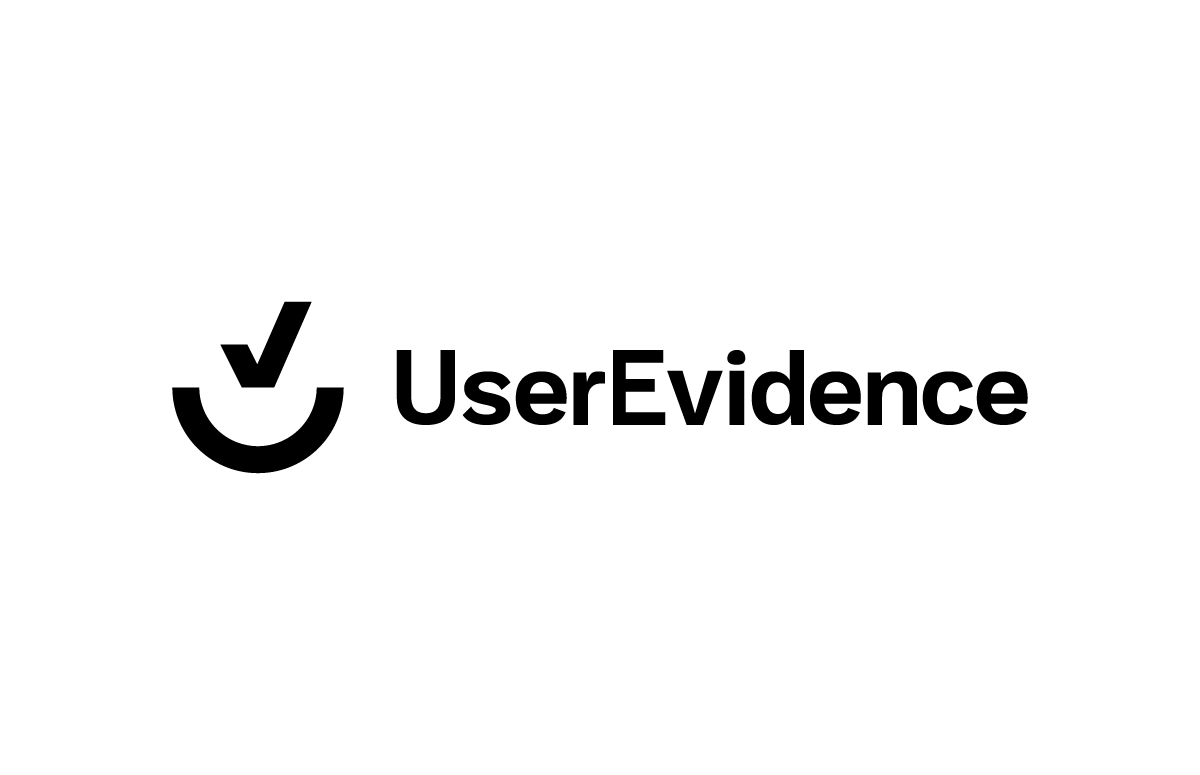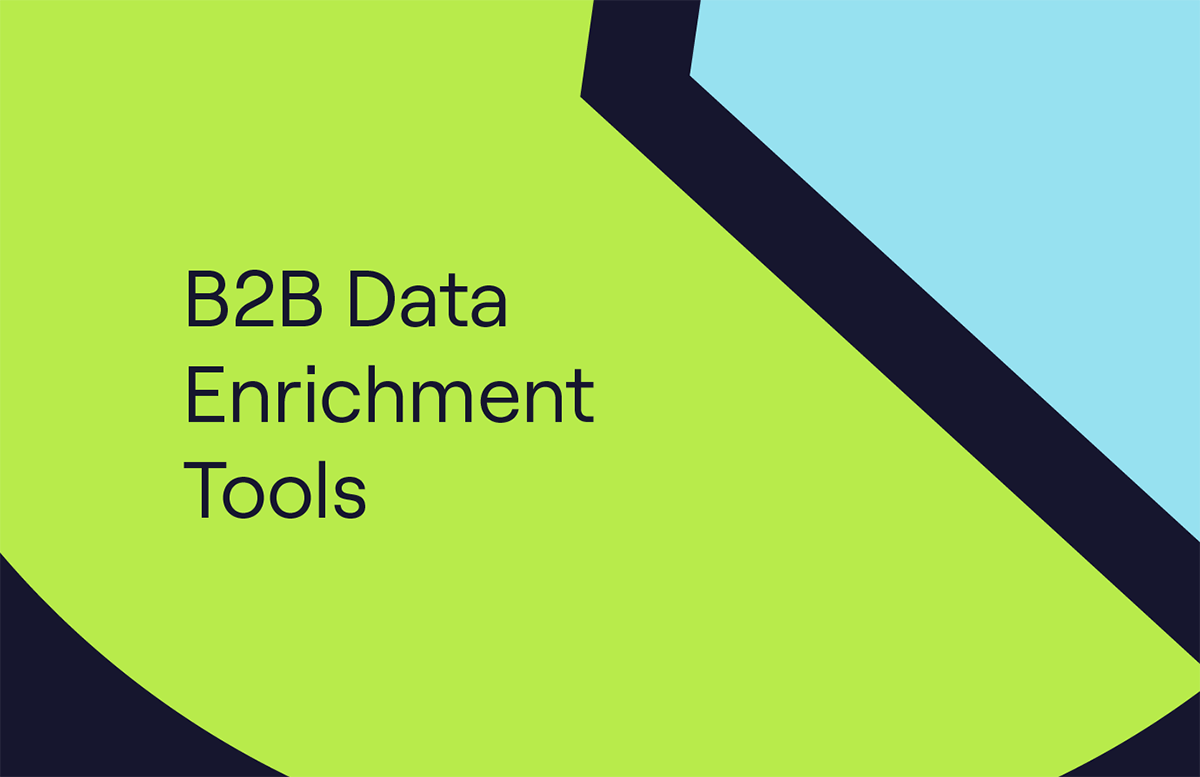How Much Does ZoomInfo Cost?
Thinking about using ZoomInfo, but unsure what it costs? You’re not alone.
ZoomInfo’s pricing isn’t publicly available on its website, and most teams only learn about it after a sales call.
To help you navigate the confusion, I’ve compiled real-world pricing ranges, what influences the final cost, and some things to watch out for based on recent quotes from sales teams, industry reviews, and user feedback.
Let’s break it down 👇
Quick ZoomInfo pricing snapshot:
ZoomInfo pricing is customisable and depends on many factors, such as the number of seats you require, your estimated monthly contact exports, and whether or not you need premium features.
Here’s what companies report:
| Plan Tier | Typical Annual Cost (USD) | User Seats | Bulk Credits | Key Features | Notes |
| Professional | $15,000–$18,000 | 1–3 | ~5,000 | Core contact data, CRM sync, standard integrations. | Intent data not included. |
| Advanced | $22,000–$28,000 | 3–5 | ~10,000 | Contact + company data, intent signals, technographics. | For teams expanding outreach and targeting. |
| Elite | $35,000–$45,000+ | 5+ | ~15,000–20,000 | Full suite: org charts, scoops, advanced segmentation. | Typically for large teams or enterprise-level accounts. |
(* Note: These figures are estimates based on publicly available data from 2024–2025. Evaboot (2024), FiftyFiveAndFive (2025), Skrapp.io (2025), EquaTalent (2025), ReachStream (2024))
Keep the following in mind:
- All pricing is annual: ZoomInfo does not offer monthly contracts.
- Bulk credits: once-off; top-ups are extra.
- Features: may vary depending on your contract and negotiated add-ons.
- Pricing variables: pricing is based on region, company size, and negotiation.
⚠️ For comparison, a ZoomInfo competitor like Cognism offers a flat-fee model with unlimited views and exports, no credit top-ups, and no coverage charges.
What affects ZoomInfo pricing?
ZoomInfo pricing is based on a credit system. Each plan includes a set number of monthly credits, and you can access traditional demographic and firmographic details.
You’ll need to choose a higher-tier plan for detailed data like technographics, department budgets, org charts, and real-time alerts about company events.
Here are the biggest variables that influence cost:
- Credit usage. You’ll pay more if you need to export more data.
- Features and capabilities. Intent data, scoops, technographics, and workflows often cost extra.
- Number of users. More seats mean a higher licence cost.
- Renewal terms. Prices often rise by 10–20% at renewal.
- Contract type. Annual plans only. There’s no monthly option available.
The hidden costs of ZoomInfo
ZoomInfo typically uses a bundled pricing model with multi-product packages and annual contracts. This model can appear cost-effective upfront, but often escalates significantly at renewal due to bundled upsells and inflexible tiers.
While the base price is negotiable, it’s not always the whole story. Many teams report unexpected or misunderstood costs after signing. (Trustpilot & G2)
Here’s what to keep an eye on:
- Annual renewal uplifts: Some contracts include automatic price increases of 10–20% at renewal.
- Credit overages: Top-ups can be expensive if you run out of credits.
- Seat expansion: Adding new users mid-contract often triggers a full re-quote.
- Add-on creep: Things like intent data, org charts, and advanced filters aren’t always included by default.
These hidden costs are a key reason many teams explore alternative providers with simpler pricing structures.
Cognism, for example, includes features like GDPR compliance and global data in its core packages without needing add-ons.
Here’s what one customer had to say about Cognism’s pricing compared to ZoomInfo’s:

Head of Marketing @Plandek

A transparent alternative to ZoomInfo
While ZoomInfo remains a popular choice for sales and marketing teams, it’s not the only option on the market, and depending on your needs, it may not be the most cost-effective either.
If you’re looking for a platform with more predictable pricing and fewer restrictions, it’s worth comparing how other providers stack up.
Our teams enjoy using Cognism. It has a user-friendly interface, and data accuracy is above average. Because of the strict compliance requirements in Europe, it’s especially useful for larger teams prospecting.
Here’s a side-by-side look at ZoomInfo vs Cognism across key areas like the pricing model, compliance, and contract flexibility:
| ZoomInfo | Cognism | |
| Pricing model | Seat-based plus credits. | Flat fee per user. Access to unrestricted data views and exports. |
| Compliance | Add on for GDPR coverage. | GDPR & CCPA included at no extra cost. |
| Intent signals | Paid add-on. | Intent data add-on. Signal data included with Elevate. |
| Support and onboarding | Tiered. | Included in all packages. |
| Annual contract required? | Yes. | Flexible contracts available. |

SDR Manager @OneUp Sales
.png?width=200&height=200&name=Untitled%20design%20(72).png)
Want predictable pricing with no credit limits?
What customers say about ZoomInfo pricing
Companies and users often praise ZoomInfo’s database. But many are shocked by the total cost after renewals and add-ons.
Here’s a snapshot of honest feedback from public sources:
“Plans start at $15k a year, but hidden costs can add up fast. Unfortunately, ZoomInfo uses every trick in the book to hide pricing, trick people into free trials, and confuse and obscure how much stuff actually costs.” (LinkedIn)
“I’m hearing more than ever from my peers that they are being asked how to drop ZoomInfo, almost exclusively because of the price.” (LinkedIn)
“One client paid $50k/year for ZoomInfo but could only reach 3 out of 10 prospects in their target accounts.” (LinkedIn)
On review sites like G2, customers also flagged renewal policies that enforce auto-renewals with a 20% increase.
And on TrustPilot, users mention the difficulties of cancelling a ZoomInfo subscription:
“When we attempted to cancel our subscription, we unfortunately missed their rigid 60-day notice period. Despite clear evidence that their product is not a good fit for our business and that we’ve derived minimal value from it, they have aggressively insisted on enforcing another 12-month contract. Their approach has been highly contractual and confrontational, leaving us feeling trapped and undervalued as a customer.” (TrustPilot)
In public forums like Reddit, users have echoed similar frustrations:
AmberLeafSmoke on r/sales:
“We have them ATM, it’s absolutely scandalous how much they charge vs the value from it.” (Reddit)
Full_Sector8095 shared:
“ZoomInfo contracts— their contracts state the Auto‑Renewal clause in bold on page 2 … if you miss the window, you’re locked in.” (Reddit)
How to cancel the ZoomInfo contract?
If you’re a ZoomInfo customer and want to terminate your contract, you need to provide notice that you wish to cancel at least 60 days before the end of the term. Otherwise, you'll be forced to renew for another year.
Like many companies, ZoomInfo uses evergreen renewal policies. However, G2 ZoomInfo reviewers warn that ZoomInfo didn’t notify them before being locked into another contract term.
ZoomInfo reviews suggest ZoomInfo contracts may be auto-renewed with a 20% increase. Therefore, any pricing you secure with ZoomInfo may be different at renewal.
Another G2 reviewer suggests that your renewed contract will require you to order the same items you did the previous year, including any additions you made to your ZoomInfo plan during the year.
⚠️ If you’re locked into a ZoomInfo contract, Cognism’s team can help you evaluate options and assist with contract transitions if you switch providers. 👇
Click here to see how Cognism can help you exit your contract.

Head of Revenue Operations @Bright Network

FAQs
What are the disadvantages of ZoomInfo pricing?
Credit-based pricing, like ZoomInfo’s, with limits on viewing and exporting data, monthly caps, and resets, forces you to decide where to allocate resources and may lead to unexpected costs. If reps consume allocated credits too fast, you may have to purchase additional credits.
Sales reps focus on tracing credit consumption and developing best practices for credit usage instead of prospecting and finding new opportunities. It also limits reps’ ability to create multi-thread conversations with company decision-makers, which may lead to lost opportunities.
Additionally, when you expand to a new region, you’ll have to buy ‘data add-ons’, such as Global Data Passports (Global, Europe, North America Plus). Higher costs often restrict your market research and testing of new audiences, which may lead to lost revenue.
👉 Learn more about ZoomInfo’s international data and its influence on monthly costs.
How do ZoomInfo credits work?
ZoomInfo credits are consumed when you export:
- Company.
- And/or contact information.
- Intent Signals.
Each record costs one credit for 365 days after the first export. During that time, you can export this data as often as you like without an extra charge.
How much are ZoomInfo’s features and integrations?
ZoomInfo costs increase when you add integrations and extra solutions to the platform. Out-of-the-box integrations such as CRM, sales automation software, and marketing automation tools have a base cost to use and install.
According to ZoomInfo’s pricing page, pre-packaged integrations usually require a minimum purchase of bulk credits for immediate use upon installation. If you consume more credits than you initially purchased, you’ll need to buy additional credits.
Adding extra features also increases the price of your ZoomInfo package.
For example, if you want real-time visibility into when companies are actively searching for your products and services, you can add Streaming Intent data to your package. The ZoomInfo subscription is based on expected usage—around the volume of keywords you’re tracking.
Is ZoomInfo pricing suitable for individual prospecting?
ZoomInfo pricing isn’t designed for solo prospectors or companies on a budget. It doesn’t offer single licences. ZoomInfo’s entry-level pricing might be too high for many SMBs, and midsize businesses might struggle to see a return on investment.
If you are looking for complaint, quality data without credit restrictions, you should investigate ZoomInfo alternatives.
PS: Cognism offers flexible contracts and lets you test data before committing. We’ve found this ideal as a team of salespeople and marketers who do outreach and inbound across Europe. Plus, the EMEA data is of excellent quality.
And we’re not the only ones who think so:

CEO @Lead Forensics

How much is ZoomInfo per month?
The vendor doesn’t offer monthly subscriptions. ZoomInfo’s cost per month may vary depending on how many credits your team consumes. For example, if credits burn out too quickly, you can purchase additional bulk credits for an extra cost.
The company requires signing long-term contracts. But you can negotiate different payment options and frequency (e.g. quarterly) depending on your package, add-on features, and the number of users with its sales team.
Does ZoomInfo offer a free trial?
When considering a ZoomInfo subscription, it’s only fair to want to test the platform’s data.
While ZoomInfo offers a free trial on all plans, the duration is not mentioned on the company’s website. Users have confirmed that the ZoomInfo trial period lasts three to five days, with a license given to two or three people.
At Cognism, you can get 25 free leads to test the data!
All you need to do is chat with a data expert so they can tailor it to fit your ICP.
Global Sales Development Leader @Redgate

How is ZoomInfo’s cost calculated?
How much is ZoomInfo? It’s a complicated question, even though it shouldn’t be!
ZoomInfo pricing depends on many variables, such as the number of licenses, credit usage, whether you require global data, and extra features you need (e.g., chat, form completion, etc.) and integrations.
⚠️ If you’re looking for a provider with simpler and more transparent pricing and access to global data. Check out the Cognism vs ZoomInfo comparison page.

SDR Manager @User Evidence

Is ZoomInfo worth the cost?
That depends entirely on your needs. ZoomInfo might fit your workflow if you’re a large sales team with an in-house ops function and a strong US focus.
Other options may offer clearer pricing and more data coverage for small teams, those expanding into EMEA, or those who care about compliance.
If you’re evaluating alternatives, look for:
- Transparent, upfront pricing.
- Unlimited data access (instead of credits).
- GDPR and CCPA compliance as standard.
- Flexibility on contracts and integrations.
Takeaway:
ZoomInfo doesn’t offer a one-size-fits-all price. What you pay depends on how you use the platform and how carefully you read the fine print.
If you’re still deciding, it’s worth comparing vendors side by side and asking tough questions during demos. You may find similar functionality at a better price, especially if credit limits and renewals are deal-breakers.
Put Cognism to the test
If the cost of ZoomInfo is too high for you or you’re looking for quality European data to target new markets, you’ll want to explore Cognism.
Dedicated to powering global sales teams by providing the most accurate and compliant data, Cognism has helped B2B businesses:
- Increase qualified leads by 60%.
- Decrease speed to lead time by 93%.
- Increase meetings booked by 70%.
- Increase opportunity creation by 240%.
- Increase retention and growth by 51%.
Curious how Cognism compares? Test a sample of the data and see the difference, no strings attached 👇
/CTAs%20(SEO)/high-intent-cta-basic-data-sample-webp.webp?width=1376&height=528&name=high-intent-cta-basic-data-sample-webp.webp)

/csv%20enrichment/csv-enrichment-card.webp)
